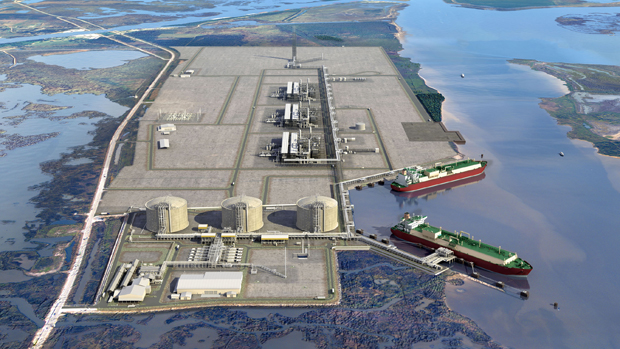Summary
At the start of the new gas year and the northern hemisphere winter, gas prices in Asia, Europe and North America are under pressure. Spot LNG prices are also low in Latin America, as the region prepares for the summer prices look likely to stay weak.
Forecast highlights
- Asian spot LNG prices are expected to see limited support as the winter withdrawal season commences. Demand in the region is expected to remain weak over the coming months, limiting the upside for additional cargoes and price gains for spot LNG.
- European hub prices have been under pressure, with the NBP day-ahead falling below 39 p/th at the start of October. However, gains will be seen over the coming weeks. Cuts to output from the Groningen field in the Netherlands will be critical to the market as the weather turns cooler.
- The Henry Hub front-month futures price is expected to average around $3.8/MMBtu during the northern hemisphere winter. Increased gas demand during winter will support the price, but gains will be limited by a gas glut in North America.
- Spot gas price volatility at key pricing points, such as the Transco Z6 in New York, is expected to increase during the winter as gas demand rises in the Middle Atlantic region.
- Spot LNG prices in Latin America are expected to remain below $10/MMBtu during the southern hemisphere summer because of weakening LNG demand from Brazil and Mexico. Increasing demand for the fuel from Argentina and Chile will only provide limited support to regional spot LNG prices.
- Low oil and LNG prices will encourage continued dependence on imported LNG by regional consumers in the Middle East and Africa. Meanwhile, regional suppliers are expected to defend their share of gas and LNG exports in a low-price environment.
- The Brent crude front-month futures price has limited upside as the glut in the global oil market intensifies. Prospects of weaker demand in 2016 will further increase pressure on oil prices.



